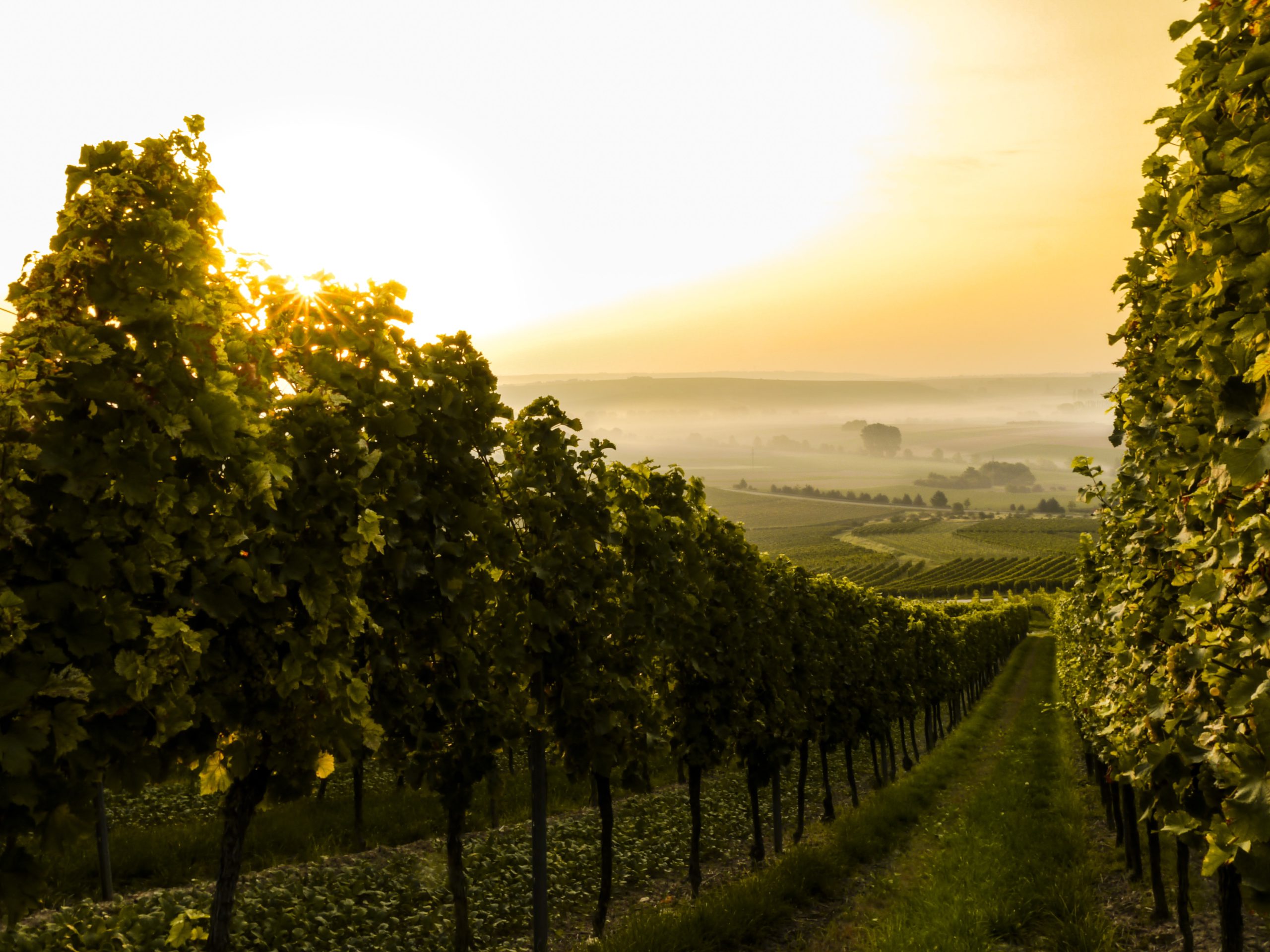Germany

The Romans established the first vineyards in Germany, planting vines along the river Mosel near the town of Trier. By the third century vines had spread to neighboring towns and valleys. The middle ages saw the rise of Monastries and just like in France these where crucial in viticulture in the regions. Two of the most famous names in German wine, Schloss Johannisber and Kloster Eberbach, both in Rheingau where initially established as monasteries and have been producing wine for almost 900 years.
Germany’s greatest variety, Riesling, is first documented in the Rheingau in 1435, and found its way to the Mosel shortly thereafter. In 1720, Schloss Johannisberg became the first major vineyard to be planted exclusively to this ‘superior’ variety. The mid to late 18th Century saw the development of botrytized wines, and by the 19th century Rhine wines were selling for prices above those of the first-growth Bordeaux.
Although German Riesling is a benchmark for winemakers around the world, in the late 20 th century producers recognized that the vineyards are able to producer top quality Spätburgunder, especially from Baden, Pfalz and Ahr Valley. This is opening up new opportunities for the Germany wine industry.
Overlooking a period of decidedly lesser glorious years of the 1970s and 1980s – Germany has a long and illustrious history of winemaking. The German wine industry lost its way in quality terms during the 20th Century, expanding plantings onto less-favorable sites and increasing yields to levels at which quality was severely compromised. The country was becoming known for cheap, off dry wines.
However, the greatest German producers, sites and wines were never completely lost, and since the late 20th century considerable efforts have been made to re-establish Germany’s former glory. Yields are now constrained by law, and many top producers have joined forces, forming the VDP association, a labeling system that indicates quality. The VDP’s members are bound by the membership to focus their efforts on the quality rather than quantity.
One of the drawbacks the German wines have in the global market is the language barrier. The labeling system is obviously based on the German language. For most un-invested consumers terms like Trocken, Kabinet and Spatlese don’t mena much and navigating such a vast lexicon of terms may be daunting for most. There is a concerted effort to simplify things, but like many other governing bodies across the old world it is a slow process which takes years to come into effect.
In terms of volume, Germany is among the top ten countries in the world for annual wine production. A little over 60% of the wine produced is white, and there is wide agreement that the white wines from the best sites and the most reputable producers in Germany are some of the greatest in the world.


